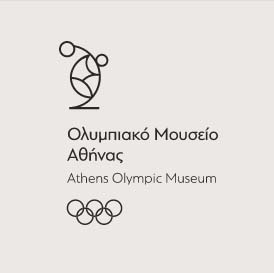
Panathenaic Stadium
Panathenaic Stadium
We can explore by touch the three-dimensional reproduction of the Panathenaic Stadium. The stadium is built in the natural cavity of a hill, it is U-shaped and comprises the track and field and the seating. Try and locate the horseshoe of the track and the hill’s rocks, surrounding the stadium. The reproduction you are exploring is to a scale of 1:400, which means it is 400 times smaller than the real size of the stadium.
After the end of antiquity, the ancient Stadium had been abandoned and lost to oblivion, until 1869-70 when systematic excavations brought it back to light. In 1894, the Olympic Games Committee organized the recovering of the ancient Stadium with marble. The project was planned by Anastasios Metaxas, based on the existing foundations and the findings of the excavations. It is mentioned that for the recovering of the ancient stadium white Pentelic marble was used, to which the stadium owes its name “Kallimarmaro” (“beautiful marble”). It is the only marble stadium in the world and has a capacity of more than 60,000 spectators.
From 1896 until today, the Stadium has hosted national and international games, as well as many other events. In the everyday lives of the Athenians, the stadium is known as the “Kallimarmaro”, symbol of athletic competition, a diachronic and iconic landmark of the city of Athens.





